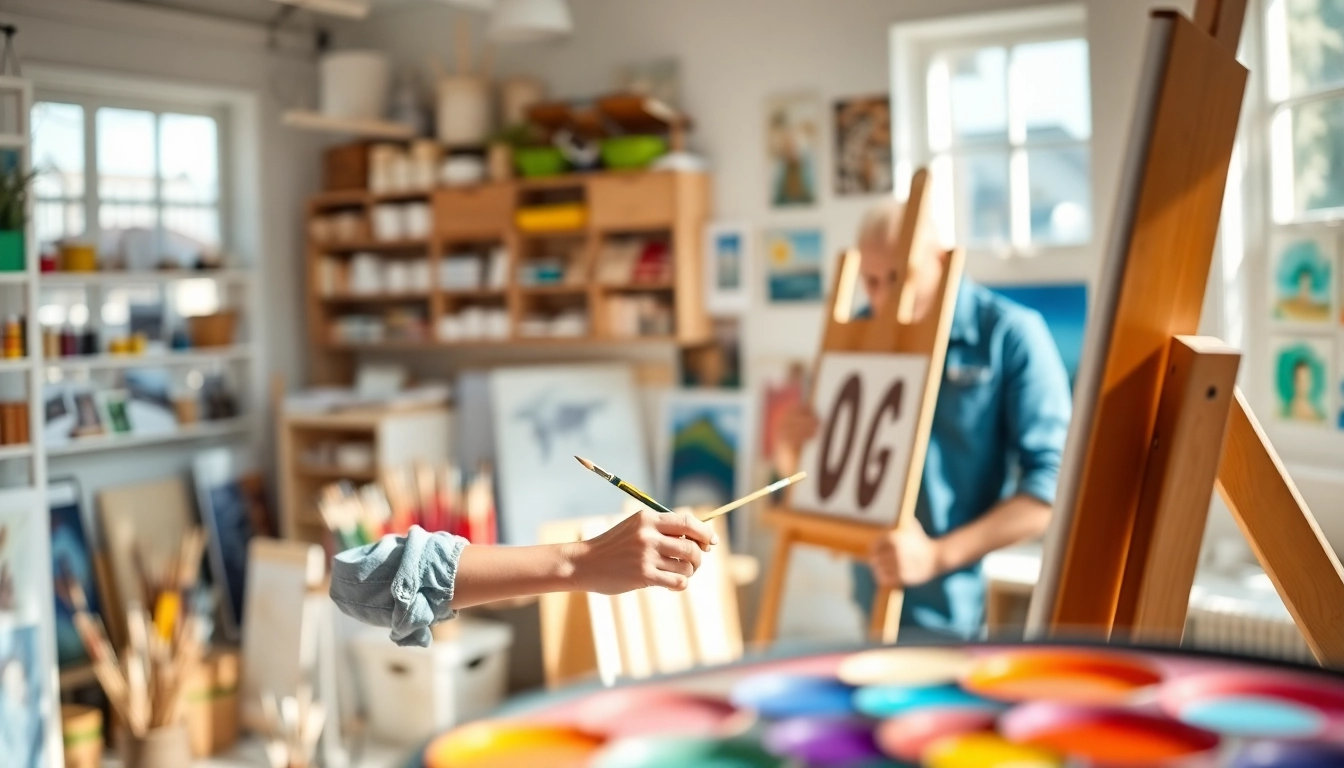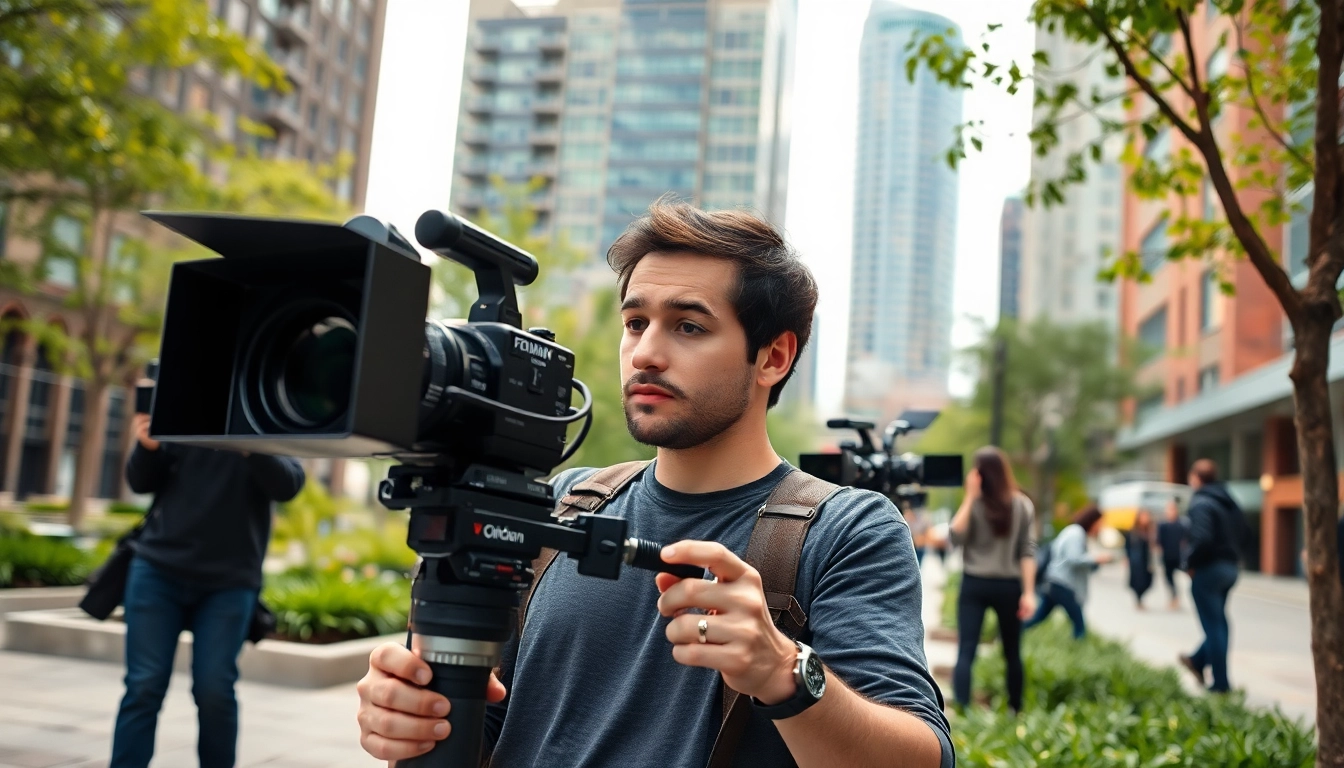Understanding Art Lessons and Their Importance
Art is not just a form of expression; it can also be a journey of self-discovery, creativity, and mental engagement. With the plethora of resources available today, there are numerous ways to learn and enhance your artistic skills. Engaging in art lessons is a proven method to develop one’s abilities, making it essential to understand their significance.
What Are Art Lessons?
Art lessons encompass a variety of instructional sessions aimed at teaching the fundamentals and advanced techniques of different artistic disciplines. These lessons can take many forms, including traditional classroom settings, online courses, private tutoring, and self-directed study through books and videos. The primary goal is to guide participants in understanding artistic theory, improving technical skills, and encouraging personal style development.
Benefits of Taking Art Lessons
The benefits of enrolling in art lessons are manifold, extending beyond the mere acquisition of skills.
- Skill Development: Through structured lessons, learners can grasp complex techniques and theories in a manageable way, which is particularly advantageous for beginners.
- Structured Learning: Knowing where to start can often be a challenge. Art lessons provide a clear roadmap, allowing students to progress at a suitable pace and cover essential fundamentals.
- Creativity Boost: Engaging with structured artistic exercises stimulates creativity, helping individuals think outside the box and expand their artistic boundaries.
- Feedback and Support: Participating in lessons often includes critique from instructors and peers, providing insights and motivation which are critical for growth.
- Community Engagement: Art lessons foster a sense of belonging to a community where individuals can share their experiences, techniques, and artworks, enriching their learning journey.
Different Styles of Art Lessons
Art lessons can vary significantly based on style and medium, each having its own unique approach:
- Drawing Lessons: Focus on sketching techniques, line work, shading, and exploring various materials such as charcoal, pencil, and ink.
- Painting Lessons: Introduces different painting mediums such as watercolors, acrylics, and oils, emphasizing color theory, brush techniques, and compositional strategies.
- Sculpting Lessons: Explore three-dimensional creation using materials like clay, stone, or metal, emphasizing form, structure, and tactile skills.
- Digital Art Lessons: Teach skills related to digital illustration and design using drawing software and hardware, blending traditional skills with modern technology.
Finding the Right Art Lessons for You
Choosing the right art lessons is critical for a fulfilling learning experience. With an abundance of options available, it can be overwhelming to navigate through them.
Different Platforms for Art Lessons
Art lessons can be accessed through various platforms:
- Online Platforms: Websites and apps provide thousands of tutorials that cater to different skill levels. They often include video content, community forums, and feedback options.
- In-Person Classes: Local art schools and community centers offer in-person lessons with face-to-face interaction and immediate feedback.
- Workshops: These often focus on a specific art form or technique, providing intensive learning over a short period.
- Self-Directed Learning: Books, tutorials, and videos allow individuals to learn at their own pace without the need for scheduled sessions.
Choosing the Right Lesson Type
Consider your personal goals and preferred learning style when selecting the type of art lesson:
- Beginner vs. Advanced: Tailor your choice according to skill level. Beginners may benefit from foundational lessons, while advanced learners may want to delve into specialized techniques.
- Medium Preference: Identify the medium you wish to explore—drawing, painting, sculpture, or digital art, and seek lessons that focus heavily on that medium.
- Learning Pace: Decide whether you prefer a self-paced study for flexibility or structured lessons with specific timelines.
What to Look for in Art Lessons
Ensure that the art lessons you choose come from credible and experienced sources. Here are key factors to consider:
- Instructor Experience: Research the background and qualifications of your instructor. Experienced artists often provide invaluable insights and tailored feedback.
- Curriculum Depth: Look for comprehensive lesson plans that cover essential principles and techniques.
- Student Reviews: Testimonials from past students can offer great insight into the effectiveness and enjoyment of the lessons.
- Flexibility: Determine if the lessons offer flexibility in terms of timing, style, and location to suit your schedule.
Essential Materials for Effective Art Lessons
The right materials can significantly enhance your learning experience. Here’s a breakdown of what you might need for different levels of art instruction.
Basic Supplies for Beginners
For those just starting, a few key items can help you embark on your artistic journey:
- Graphite Pencils: A variety of pencil grades for sketching, ranging from soft to hard, to achieve various shading effects.
- Sketchbook: A good quality paper sketchbook offers a space to practice and refine your drawing skills.
- Color Pencils or Markers: Great for adding color to your drawings without the complexity of paint.
- Acrylic Paints: Ideal for beginners; they dry quickly and are water-soluble, making cleanup easy.
Advanced Tools for Experienced Artists
For those who are more experienced, consider investing in advanced tools to expand creative possibilities:
- Professional-Grade Paints: Higher-quality acrylics, oils, or watercolors provide more vibrancy and workability.
- Brush Sets: A variety of brush shapes and sizes for different techniques, textures, and applications.
- Specialty Papers: Different types of paper can significantly affect the outcome of artwork, from textured watercolor sheets to smooth Bristol boards.
- Digital Tools: For digital artists, a good drawing tablet and relevant software unlock a world of creative opportunities.
Maintaining Your Art Supplies
Proper care of your art materials ensures longevity and consistent performance. Here are some tips:
- Cleaning Brushes: Regularly clean your brushes after each use to prevent paint buildup and bristle damage.
- Storing Materials: Organize your supplies in a manner that protects them from damage. Use cases for brushes and secure your paints from spills.
- Temperature Considerations: Keep your materials away from extreme temperatures which can affect paint consistency and medium performance.
Techniques and Methods in Art Lessons
Art lessons encompass various techniques and methods tailored to different skill levels and preferences. Learning these methods can be pivotal in developing a unique artistic voice.
Drawing Techniques for Beginners
Starting with drawing is common for many artists. Essential techniques include:
- Gesture Drawing: Quick sketches that capture the action or essence of a subject, useful for loosening up and improving observation skills.
- Contour Drawing: Focusing on outlines, this technique encourages awareness of shape and line quality.
- Shading Techniques: Learning how to apply light and shadow makes your drawings more lifelike. Techniques such as hatching, cross-hatching, and stippling can be explored.
Painting Methods to Explore
Once comfortable with drawing, transitioning to painting can be rewarding. Consider the following methods:
- Underpainting: This technique involves applying a base layer of color to set a tone for the final work, which can help establish form and depth.
- Glazing: Applying thin layers of transparent paint over dried layers helps create depth and luminosity in paintings.
- Wet-on-Wet Technique: Painting on wet surfaces creates unique blends and textures, ideal for achieving atmospheric effects.
Digital Art Lessons and Tools
The rise of technology in the art world has opened numerous avenues. Key points to consider:
- Digital Software: Programs like Photoshop, Procreate, and Corel Painter allow for versatile digital painting and illustration with various brushes and tools.
- Layering Techniques: Understanding how to use layers for both organization and effects is crucial in digital art.
- Brush Customization: Explore how to create and modify digital brushes to match personal styles and techniques.
Measuring Progress and Finding Inspiration in Art Lessons
Artistic growth is ongoing, and tracking progress as well as finding inspiration can invigorate your artistic journey.
Tracking Your Artistic Growth
Keeping a record of your work and evolution can provide motivation. Consider these methods:
- Art Journals: Maintain a daily or weekly art journal to document skills learned, ideas formulated, and pieces created.
- Portfolio Development: Creating a portfolio of your best pieces can track improvement and be a motivational tool for future projects.
- Regular Feedback: Seek feedback from peers and instructors regularly to gain perspective and insights on areas of improvement.
Inspiration from Other Artists
Drawing inspiration from established artists can fuel your creativity. Embrace the following ideas:
- Study Techniques: Analyze how artists execute specific techniques and try to adapt their methods in your own work.
- Artist Interviews: Engaging with artist talks, articles, or documentaries can provide insight into their creative processes and challenges faced.
- Art Communities: Connect with fellow artists through social media platforms or local art groups to exchange ideas and critique work.
Community and Feedback in Art Lessons
Being part of an artistic community can enhance your experience significantly. Look for:
- Online Communities: Participate in forums, discussion groups, and critique networks to share your work and receive constructive feedback.
- Local Workshops: Join workshops where you can interact directly with like-minded artists and receive hands-on guidance.
- Art Shows and Exhibitions: Attend events to showcase your work and observe the creations of others, which can reignite your passion.



